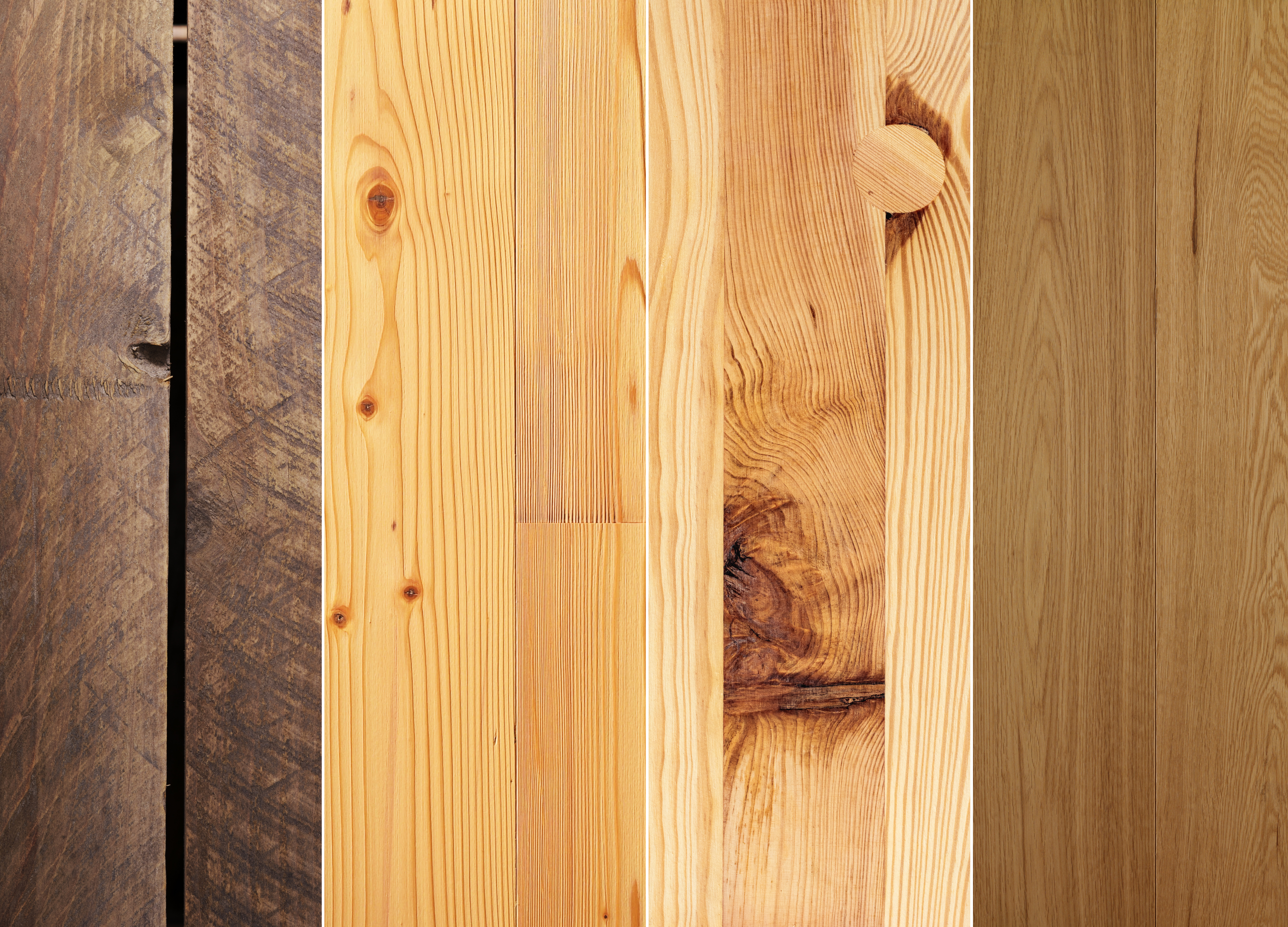Wood as a Renewable Resource
Wood is one of the most sustainable building materials. It is a renewable resource that can be grown and harvested repeatedly. Wood can be reduced, reused, and recycled in countless ways, including as a floor. Hardwood floors serve as a sustainable
option in homes and other facilities.
When choosing the type of wood, take into consideration where the wood came from. Forest certifications are 1 way to differentiate between the types of wood and where it was sourced. These certifications signify that the forest management company
is committed to taking every step to ensure that it is focused on the goal of sustainability. In the United States, there are 3 major forest certifications:
Researching sustainability practices used by companies and manufacturers and where the wood is sourced from can also help determine if sustainability is a priority. It is also necessary to read labels. Terms like “non-toxic” may sound
eco-friendly but can be misleading without additional research. The type of wood chosen for flooring also matters when it comes to sustainability.

- Reclaimed wood is wood from a previous job. By reusing old wood, it’s not going to end up in a landfill.
- Read more about using
recycled wood and its advantages.
- Maple trees are one of the most abundant trees in North America. Maple wood is sustainable because there are so many maple trees.
- Read more about tips and tricks for staining
maple floors.
- Pine trees grow quickly, which makes them easier to replace.
- Oak trees can be found in many forest-certified forests.
Read more about the different kinds of sustainable wood here.
Sustainable Products
Water-based and oil-based, or oil-modified urethane (OMU), floor finishes are the 2 main types of finishes for hardwood flooring. Oil-based floor finishes contain more volatile organic compounds (VOC) that are emitted into the air when the product is opened, applied, and drying. According to the
EPA, “Volatile organic compounds (VOC) means any compound of carbon, excluding carbon monoxide, carbon dioxide, carbonic acid, metallic carbides or carbonates, and ammonium carbonate, which participates in atmospheric photochemical reactions.” These fumes are harmful to the environment by contributing to pollution in the air and forming smog when combined with other elements in sunlight. It can also impact indoor air quality. When breathed in, high concentrations of VOCs can cause long term health issues for the lungs, liver, kidneys, and respiratory system. OMUs can also be dangerous because they contain distillates that are combustible or flammable. Rags and other applicators are at risk of spontaneous combustion if not properly disposed of or stored.

Basic Coatings® water-based finishes and sealers are VOC and Leadership in Energy and Environmental Design (LEED) compliant. They contain fewer VOCs than traditional OMUs and can be used anywhere throughout North America. This makes
them more sustainable because they are not releasing as many VOCs into the air. Lack of VOCs in water-based products means there is less of an odor and no flammability risk. The extra precautions needed to prevent worksite accidents from the dangers
of OMUs are not needed when applying water-based products or for cleanup. Basic Coatings finishes are also N-Methylpyrrolidone (NMP)-free. NMP is a coalescing solvent that, when exposed to or inhaled, can cause respiratory problems and skin irritation
as well as chronic long-term health concerns. NMP is also a developmental toxicant that is unable to biodegrade, which becomes an environmental hazard. As a result, NMP-free water-based finishes and sealers are more eco-friendly and safer for
contractors.
Water-based products also have advantages beyond safety. There are faster cure and dry times so customers can use their floors quicker after application. The average complete cure time for water-based is 7 days, while OMU is 30 days. Water-based products
can dry in 2–3 hours, as opposed to OMU in 6–24 hours. This allows for multiple coats of water-based finishes to be applied in 1 day, saving time and labor. Read more for tips for applying water-based finishes. With a water-based finish and sealer, floors will be resistant to wear and abrasion on residential, commercial,
and sport floors. Tougher durability prevents scratches, scuffing, and erosion on wood floors. The floor’s appearance will also not yellow over time like with OMU finishes.

StreetShoe® NXT leads in wood floor finish durability
and fast curing time. Emulsion® PRO+ has many attributes
of a traditional OMU including the same ambering, rich tones. HyperTone™ Stains is our water/oil
hybrid stain line, the first of its kind. TyKote® Recoat Bonding Agent eliminates
any toxic dust accumulation during application. View more of our sustainable products based on the type:
View our complete product catalog here. For more information about Basic Coatings water-based finishes and sealers,
click here.
Basic Coatings is committed to helping the environment 1 floor at a time. We are a leader in sustainable products and solutions including finishes, sealers, and specialty products. Search for a National Wood Flooring Association professional to help
you get started here. Learn more about our sustainability efforts here.
To get in contact with a Basic Coatings representative with questions about water-based products and advantages, please visit this link.
¹
“What is the definition of VOC?”. 2021. epa.gov.
https://www.epa.gov/air-emissions-inventories/what-definition-voc